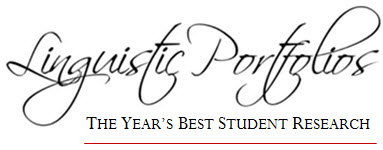
Abstract
Infant cry researchers, Fairbrother et al. (2019), Collardeau et al. (2019), Rahman et al. (2023), among others, have reported that crying alone triggers unwanted and intrusive thoughts in some postpartum parents, including thoughts of harming their babies. Barr (2014) states unambiguously that crying is the main trigger of Shaken Baby Syndrome (SBS), also referred to as Abusive Head Trauma (AHT). Yet so far, there is no consensus in academic circles as to which acoustic correlate is responsible for triggering these thoughts or actions. Most work to date is concentrated on F0/pitch, though findings about its influence are conflicting. Meanwhile Koffi (2022) and Koffi (2023) contend that intensity as measured in dBA is very likely the most aversive correlate. The current study reports on the findings of a socio-acoustic survey of 50 adults who heard and ranked four sample cries of varying intensity levels: £ 70 dBA, 71-75 dBA, 76-80 dBA, and ³ 81 dBA. The findings indicate that the participants ranked cries whose decibel levels are ³ 76 dBA as the most annoying. The paper explains why.
Recommended Citation
Koffi, Ettien and WITTS, BENJAMIN
(2024)
"SOCIO-ACOUSTIC SURVEY RESPONSES TO INFANT CRY SAMPLES: WHY INTENSITY IN dBA MATTERS THE MOST,"
Linguistic Portfolios: Vol. 13, Article 4.
Available at:
https://repository.stcloudstate.edu/stcloud_ling/vol13/iss1/4


